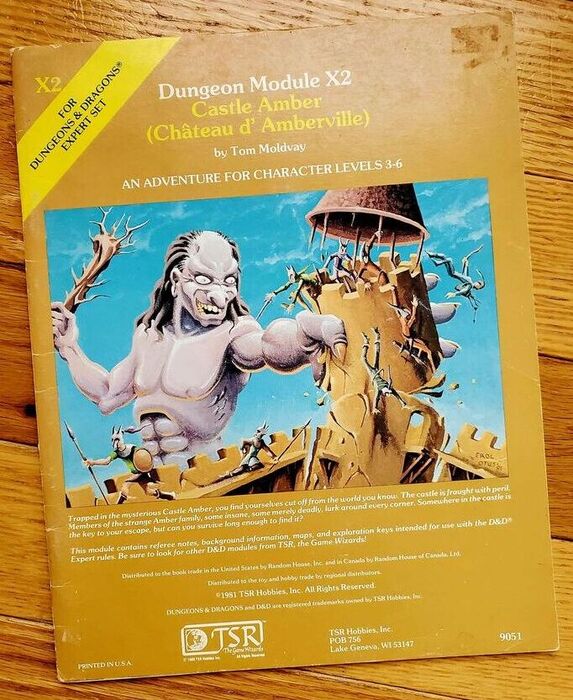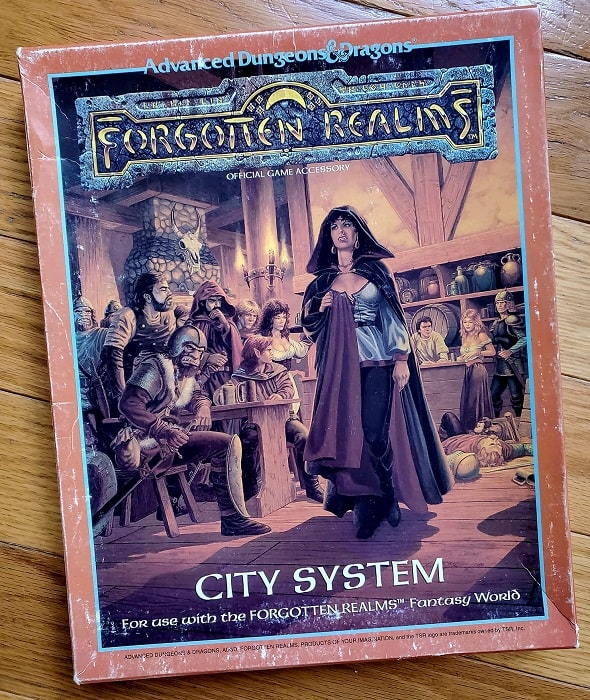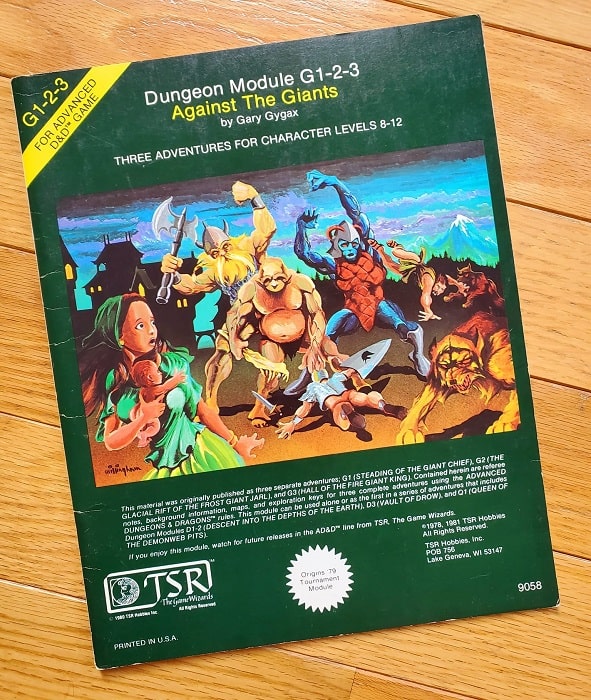Science is Sorcery
 |
 |
Bloodstone (Warner, March 1975). Cover by Frank Frazetta
“Kane’s power is that of science, not sorcery — although with elder-world science, the distinction becomes blurred. But then, to the untutored minds the distinction is difficult to grasp, for this lies in understanding the forces at work, and in the laws they obey. For example, to produce a deadly sword to wield in battle, a master smith will use secrets of his craft to smelt choice iron into steel, forge steel into tempered blade, then balance, hone and haft the blade to the best of his art. Similarly, a wizard may utilize the secrets of his craft to forge a sword of starfire and incantations. Both swords seem magic to some club-swinging apeman, such as legend places on lands unknown to our civilization, but clearly one is born of science, the other spawned by sorcery…”
—Karl Edward Wagner, Bloodstone
In the hobby of tabletop role-playing games, the influence of J.R.R. Tolkien looms prominently, and the reason for this makes perfect sense: By the mid- to late 1960s, Tolkien fever (i.e., fervent esteem for The Hobbit and The Lord of the Rings) was reaching epic proportions, fueled by the mass market release of affordable paperbacks published by Ballantine Books. “Frodo Lives!” became a counterculture slogan on buttons, bumper stickers, and T-shirts. In the form of graffiti, it was spray-painted in subways and under bridges. Wargaming enthusiasts of the American Midwest were not immune to the hypnotic effect of The Ring, and in one wargame, called Chainmail (Gygax and Perren, 1971), a 15-page “Fantasy Supplement” in the back of the rules proved to be a primary progenitor of the world’s most popular tabletop role-playing game, Dungeons & Dragons.
















